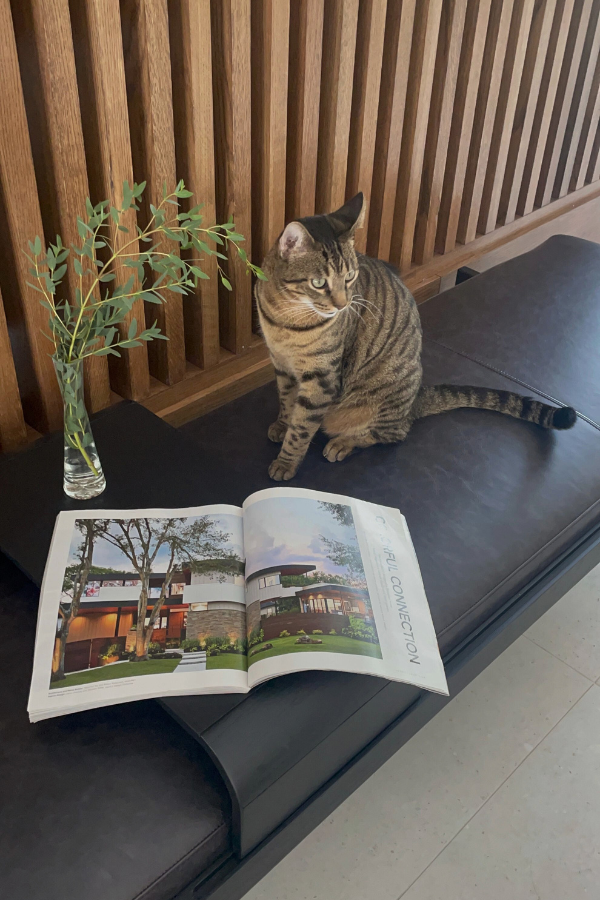
What’s the Best Way to Collect Google Reviews for My Interior Design Firm Without Bugging Clients?
Summary
Asking for Google reviews doesn’t have to feel awkward or sales-y. The secret is to stop treating it like an afterthought. Instead, seed the idea early, time the request when excitement is highest, and weave it into your offboarding process so it feels natural and expected. Make the path frictionless with direct links and gentle prompts, and remember: reviews are about trust, not transactions. They’re an extension of the client relationship and a valuable mirror into how your work is perceived.
Reflection Questions
How do we currently approach reviews and does that process feel aligned with the client-centered experience we promise elsewhere?
What parts of our project workflow could naturally include a review request, without making it feel like a sales pitch?
When we read our existing reviews, what patterns or repeated phrases stand out and how might they shape the way we talk about our value?
Journal Prompt
Think about a project where a client was over-the-moon happy but never left a review. Reimagine the process: how might you have seeded the idea earlier, built it into your final communication, or timed the ask to capture their enthusiasm? Write out what that conversation would look like (tone, timing, and language) and how that subtle shift might have changed the outcome.
Designers are used to talking about taste, proportion, and process. Reviews? Not so much. For a lot of firms, asking clients to write one feels clumsy, like shifting from a thoughtful conversation about materials to suddenly hawking a service. And because it’s uncomfortable, many studios don’t ask at all. They leave their Google profile half-empty, hoping referrals will do the work required to get new clients and amazing projects.
The reality is that most new clients check online reviews before they ever pick up the phone, submit a form, or email your staff. It’s not personal; this is just how people make decisions now. But that means avoiding the conversation isn’t really a strategy. The question isn’t whether you should ask… it’s how to do so without souring the relationship you worked so hard to build.
Why Most Firms Handle Reviews So Badly
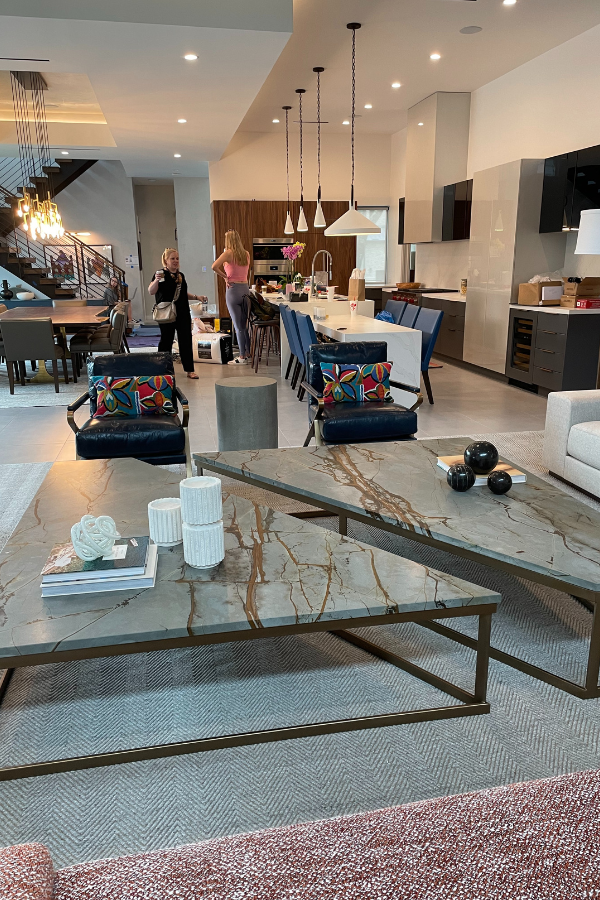
Too often, the request for a review is bolted onto the end of a project as an afterthought. A templated email goes out days or weeks after installation, written in the same language everyone else uses, and unsurprisingly, it’s clunky and easily shunted aside. The client ignores it. Or they mean to respond but never do.
The problem isn’t that they don’t want to help. Most clients are happy to share their experience; they just don’t want to be put on the spot. And if the ask feels generic or transactional, it loses all its weight with your clients. Interior design is incredibly personal. The request should feel like part of your ongoing relationship, not a favor you’re begging for after the fact. That’s just too awkward.
How to Capture Google Reviews Without Chasing Clients
Reframe the Review as a Continuation, Not a Conclusion
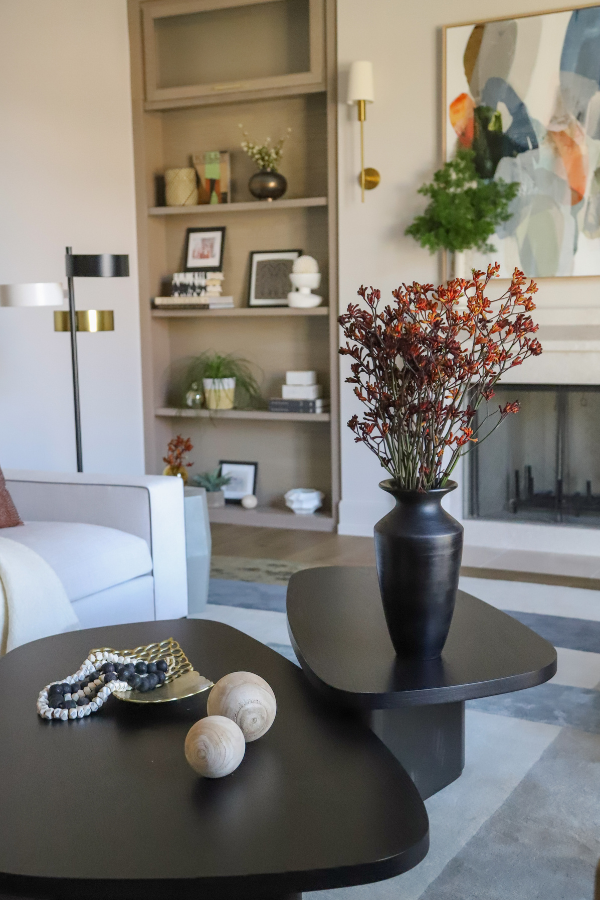
A review isn’t the end of a project. It’s the last small gesture in a longer collaboration. Treat it that way. Plant the idea long before the project wraps, not in a heavy-handed way, but as part of how you talk about your process.
When you’re outlining next steps early on, it’s easy to mention that you like to check in after the install and that client feedback (public or private) helps shape how you work. That single comment does more than you might think. It frames the request as something thoughtful and expected, not a last-minute scramble.
Then, when the moment comes, the client isn’t blindsided. They’re already primed to see their review as part of the home you built together.
Remember that Timing Is Everything
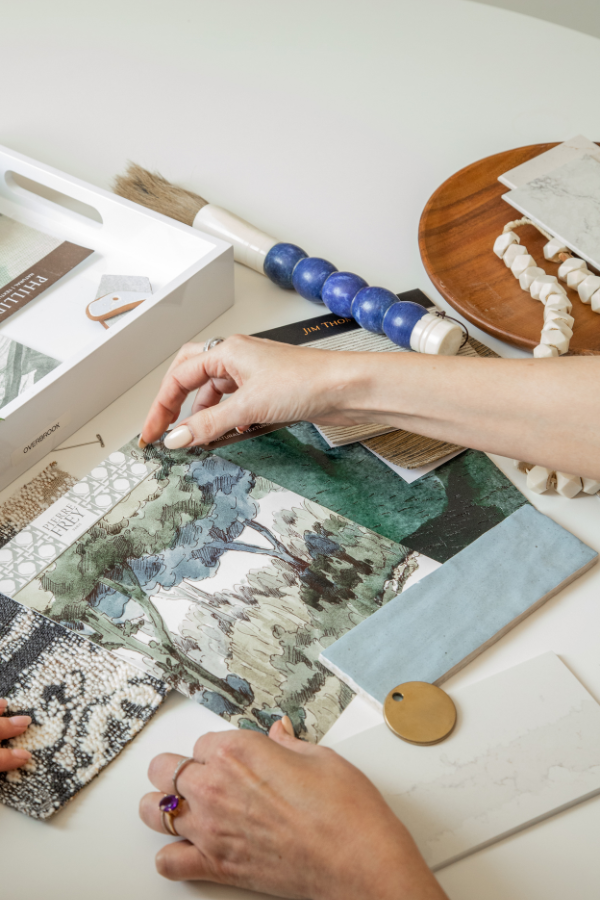
The worst time to ask for a review is weeks after the project is complete, when the emotional high has faded and the client has moved on to other things. The best time is right at the peak when they’re walking through their finished space, when they’ve just hosted their first dinner, when the project still feels fresh in their mind.
That’s when gratitude is greatest and memory is sharpest. A quick, well-timed request lands much more naturally than a cold follow-up weeks later. And it’s more likely to result in a thoughtful, detailed review rather than a one-line “Great experience.”
Build It Into Your Offboarding Process
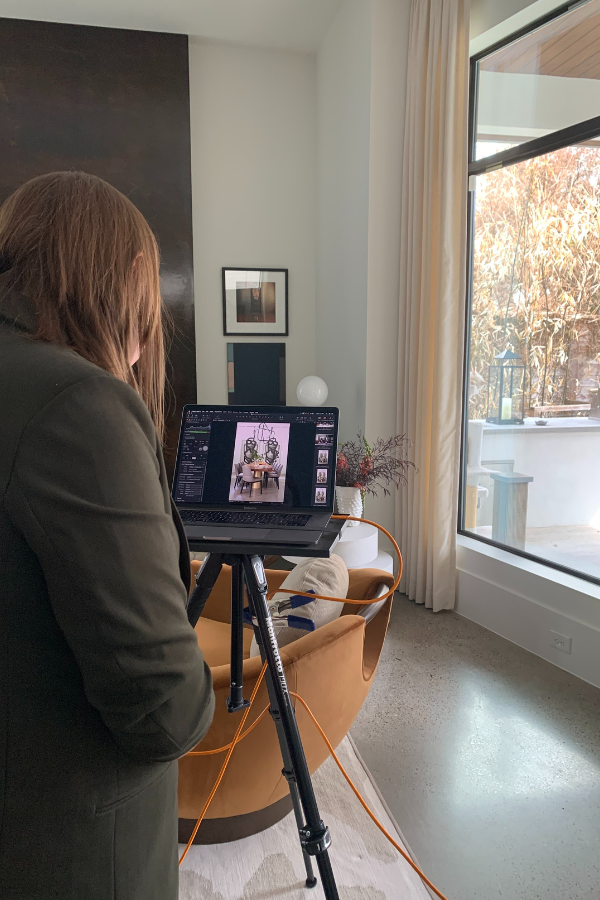
If you’ve ever felt awkward asking for a review, the simplest solution is to stop treating it as a separate conversation. Make it part of the final handoff; it’s just another step in the project closeout.
Maybe the request is included in the same email as the final invoice or the care instructions for custom pieces. Maybe it’s part of a short thank-you note that recaps the collaboration. The point is to weave it into something that’s already happening. That way, it reads as part of the overall experience rather than an extra ask.
One other note: keep the language casual. Overly formal messages feel templated, and anything too eager reads as desperate. A simple, sincere line like “If you’re willing to share a few words on Google, it really helps other clients find us” is enough.
Fuel your creative fire & be a part of a supportive community that values how you love to live.
subscribe to our newsletter
*please check your Spam folder for the latest DesignDash Magazine issue immediately after subscription
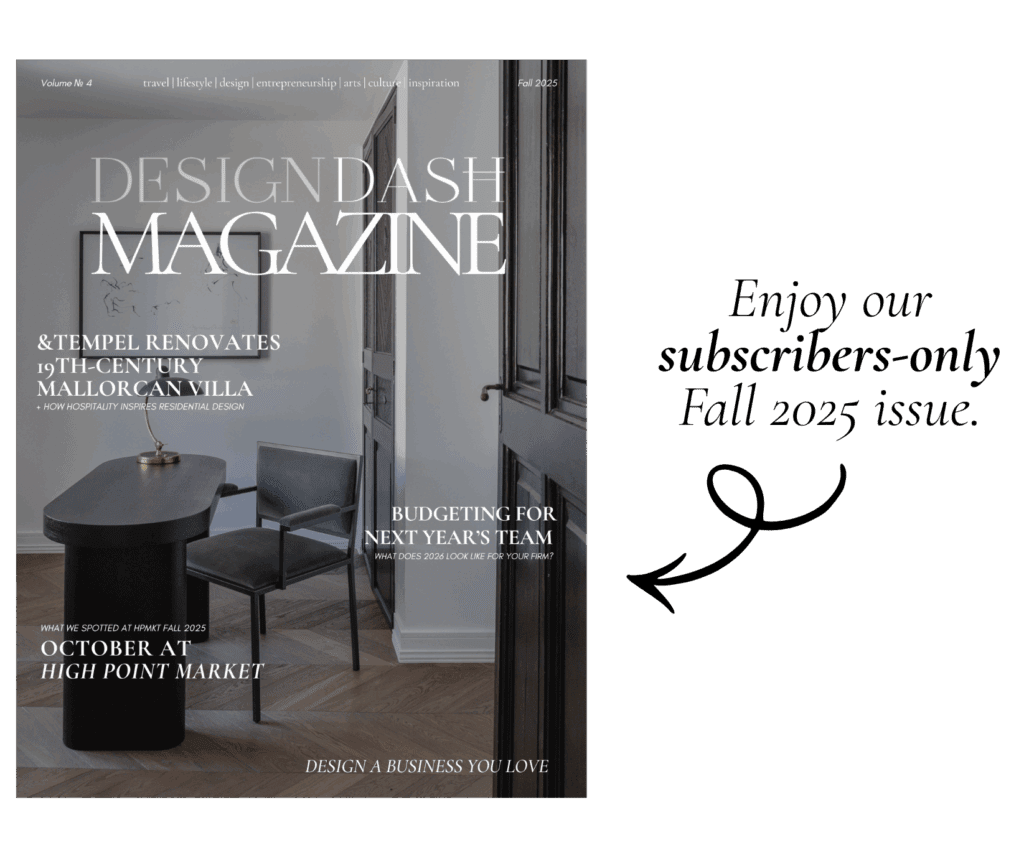
Make It Easy Without Making It Pushy
Convenience matters more than most designers realize. Even clients who loved the project will abandon the idea if they have to hunt for your Google page or figure out how to leave a review. Take that friction away.
Send them a direct link. Put the instructions in plain language. You can even offer a few prompts to spark ideas… talking about how the collaboration felt, what surprised them, or how the result changed their space. Just avoid scripting the review for them. There’s a fine line between helpful and manipulative, and clients can feel the difference.
Think Way Beyond Marketing
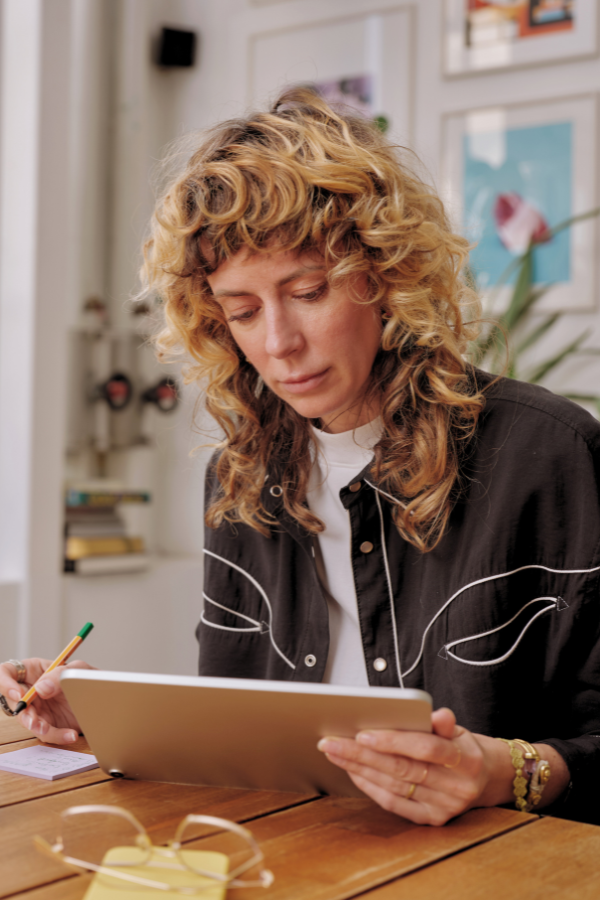
It’s tempting to see reviews purely as a way to attract new business, but that’s only part of the story. They’re also one of the clearest mirrors you have into how your clients experience your work. Patterns in those reviews (i.e., the words clients repeat, the moments they emphasize) reveal what they actually value about working with you. Sometimes that lines up perfectly with how you describe your services. Sometimes it doesn’t. Either way, it’s useful information.
And if a less-than-glowing review makes its way to that sidebar under your firm’s info on Google? It’s not a disaster. In fact, a few imperfect ones can make the good reviews feel more credible. What matters is how you respond; do so calmly, professionally, and without defensiveness. That response speaks volumes to anyone reading.
Don’t Think of a Review Solely As a “Star” Rating
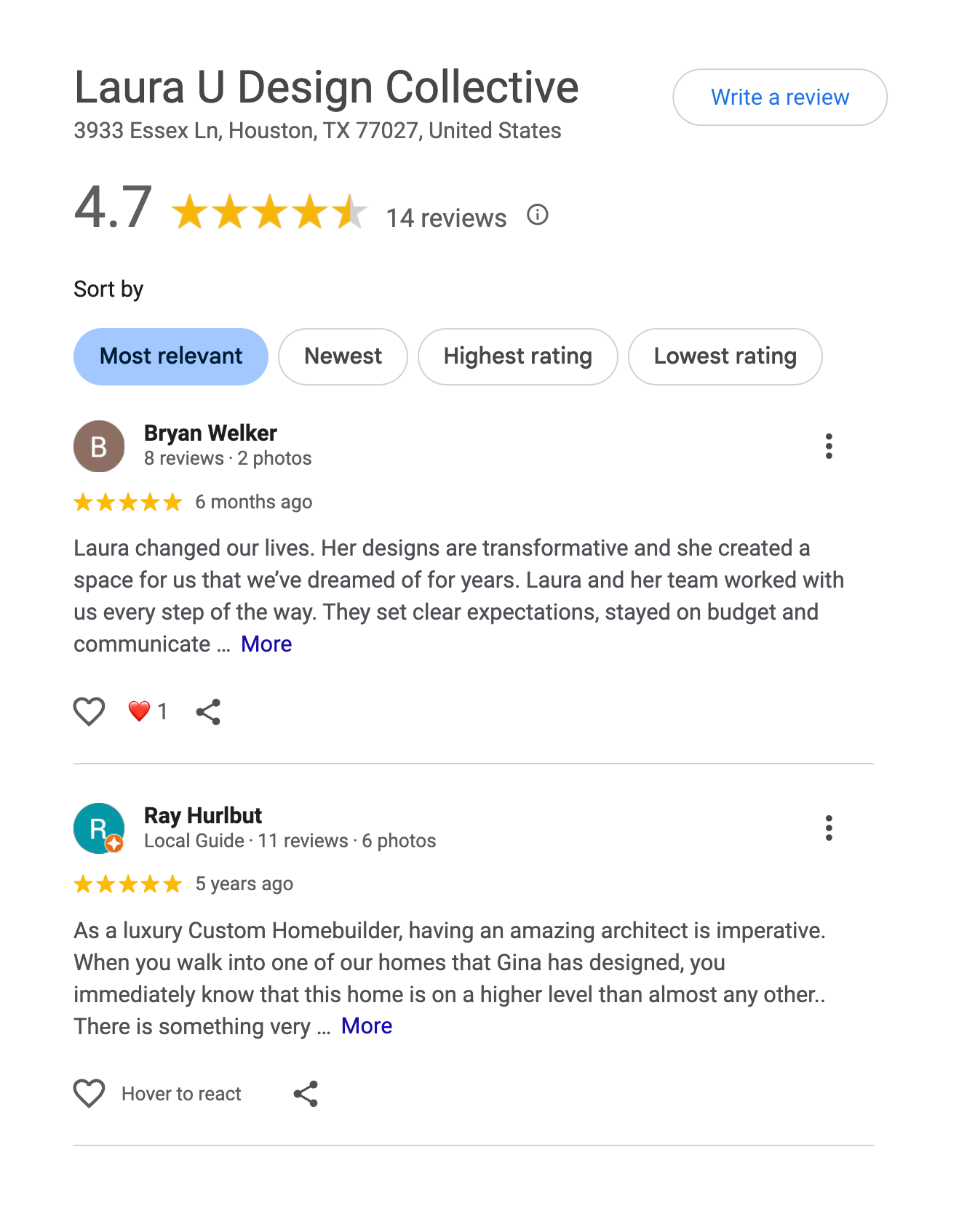
It’s easy to focus on numbers… how many stars, how many reviews. But what potential clients are really reading is tone. They’re looking for proof that you’re thoughtful, reliable, and worth trusting with a deeply personal process. A handful of reviews that tell real stories about collaboration, problem-solving, and outcomes will always outweigh a long list of empty “five stars.”
And here’s the part that often goes unsaid: clients who feel seen and respected throughout the process are the ones who write those kinds of reviews. The ask itself is just the final detail. The groundwork is laid in every interaction that comes before it.
Your Goal Should Be to Build Trust, Not Tally Transactions

Design is built on relationships. Your Google reviews are simply an extension of that; they’re public proof of the trust you’ve earned. They shouldn’t feel like a marketing tactic tacked on at the end. They should feel like part of the same thoughtful, client-centered approach that drives everything else you do.
If you treat them that way, if you weave the ask naturally into your process, make it easy to respond, and keep the tone grounded, you’ll likely end up with reviews that are not only more frequent, but more meaningful. And those carry more weight than any carefully crafted pitch.
Written by the DesignDash Editorial Team
Our contributors include experienced designers, firm owners, design writers, and other industry professionals. If you’re interested in submitting your work or collaborating, please reach out to our Editor-in-Chief at editor@designdash.com.









